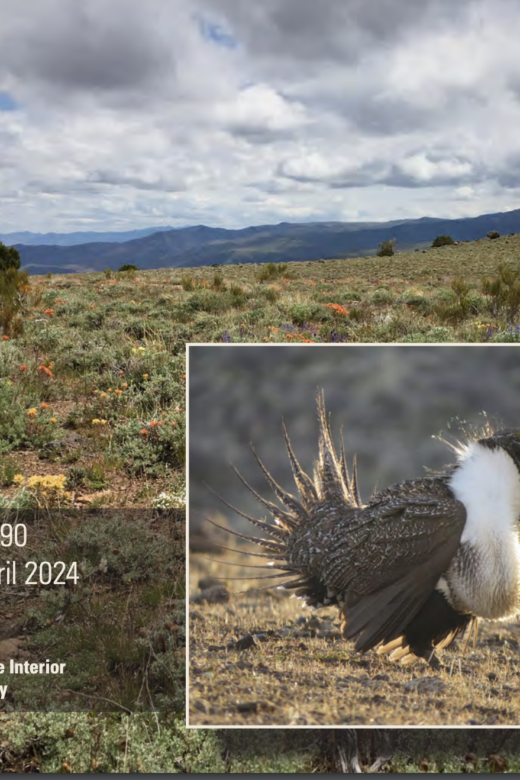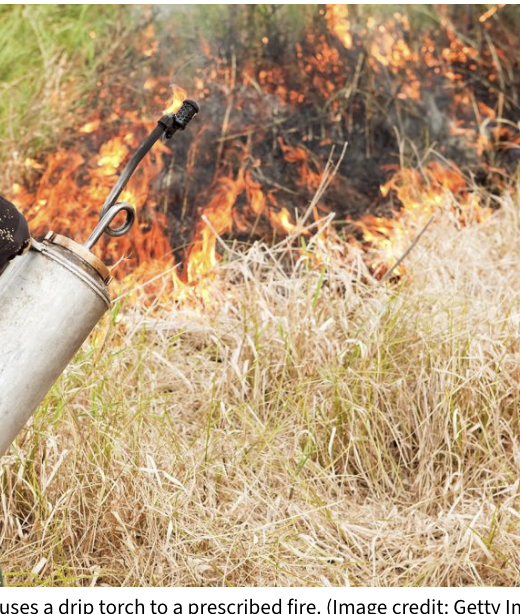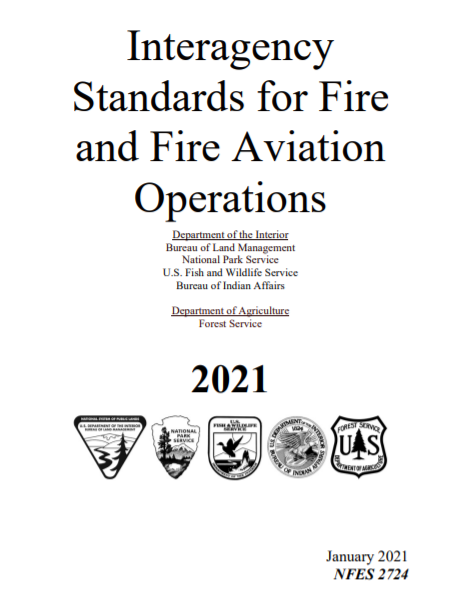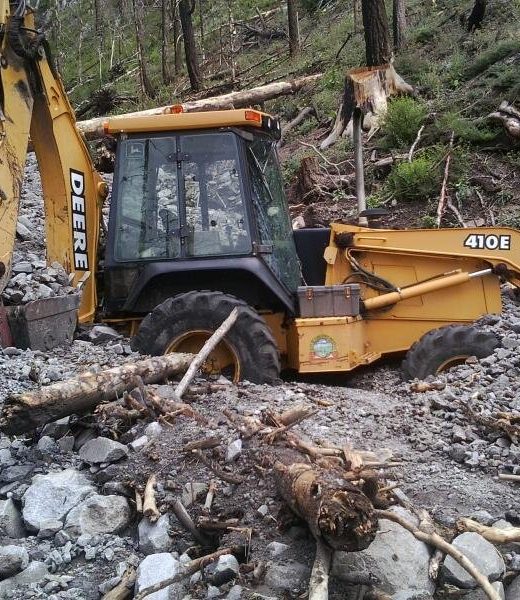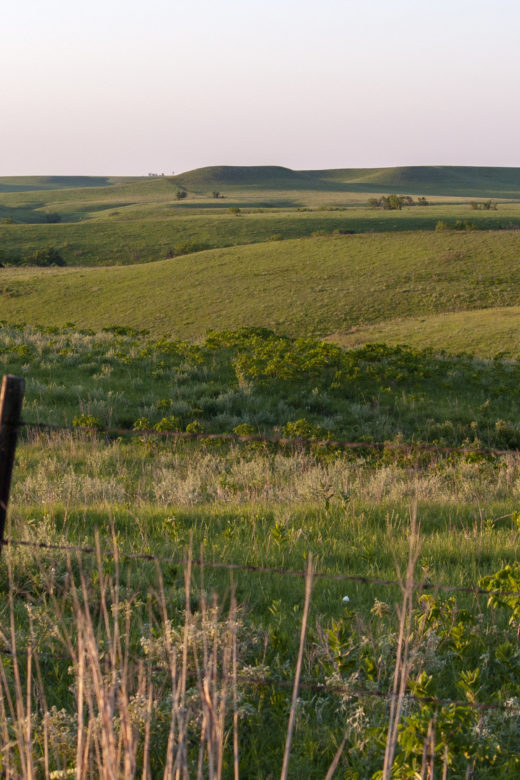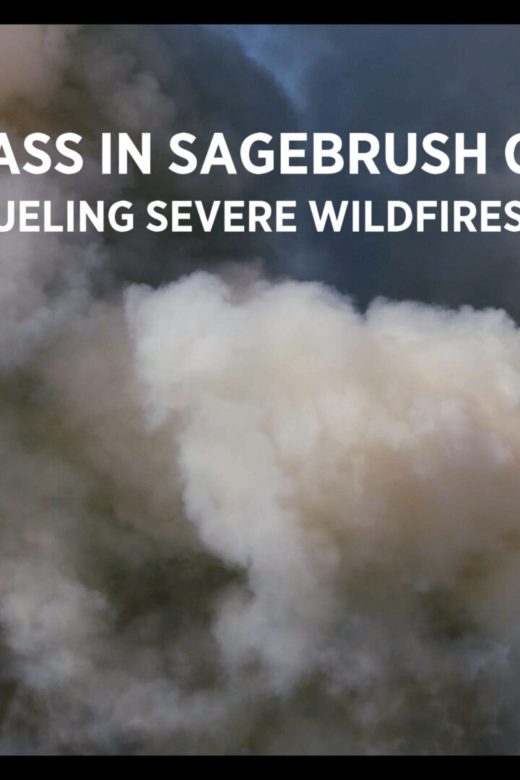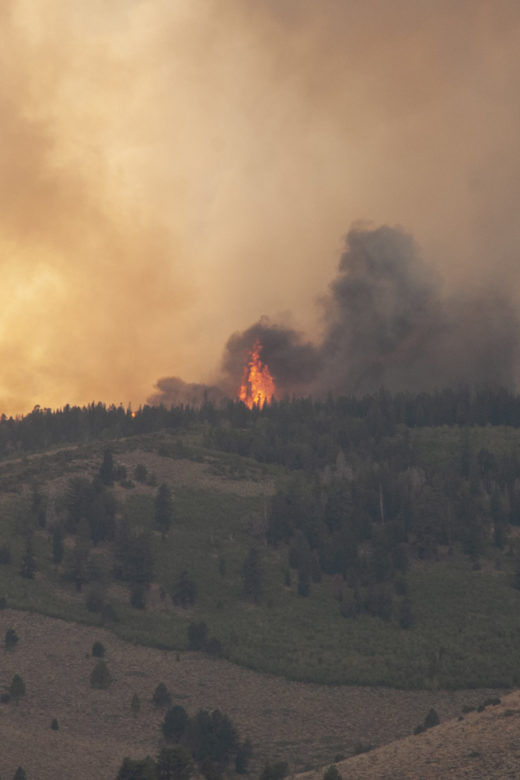The iconic greater sage-grouse, a key indicator of sagebrush ecosystem health, is facing a persistent and alarming population …
Low-intensity fires reduce wildfire risk by 60%
Discover how prescribed fires—once seen as mere preventative measures—are proving to be powerful tools for reducing wildfire risk. …
Continue Reading about Low-intensity fires reduce wildfire risk by 60%
2021 Interagency Standards for Fire and Fire Aviation Operations
New “Redbook” from the Interagency Standards for Fire and Fire Aviation Operations Group, National Interagency Fire Center, in …
Continue Reading about 2021 Interagency Standards for Fire and Fire Aviation Operations
After the Fire Toolkit
Science You Can Use BulletinMain “After the Fire Toolkit” WebsiteAbstract: Wildfires are an important natural disturbance in …
Collaboratively Engaging Stakeholders to Develop Potential Operational Delineations (PODs)
Prioritization of management units on a forest-wide scale can often be a challenging and daunting task for forest staff. In this …
Rangeland Analysis Platform (RAP)
From USDA NRCS comes a free new online tool to help manage and monitor western rangelands. View a how-to webinar to learn the ins …
Cheatgrass in Sagebrush Country
Invasive grasses are putting sagebrush country at risk of severe wildfires. This vibrant ecosystem is vital for people and …
Land use planning can reduce wildfire risk to homes and communities
Wildfire risk to people and homes is increasing. While climate change and decades of fuel buildup have exacerbated wildfires, …
Continue Reading about Land use planning can reduce wildfire risk to homes and communities

